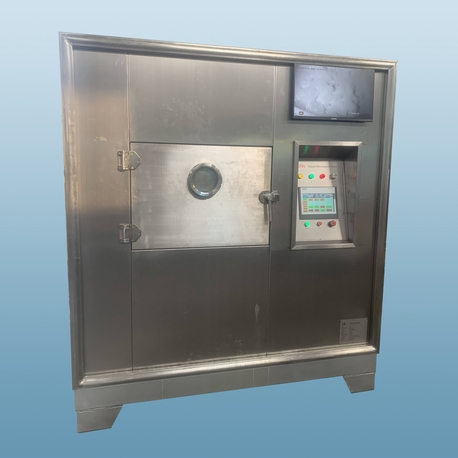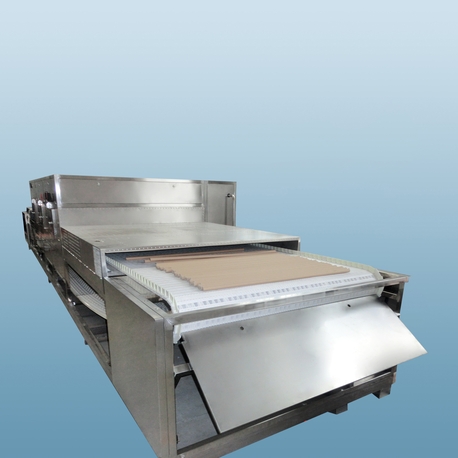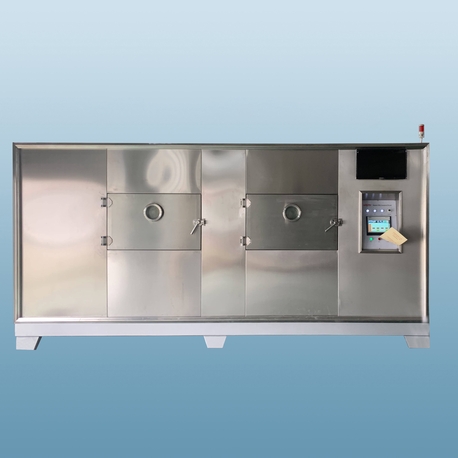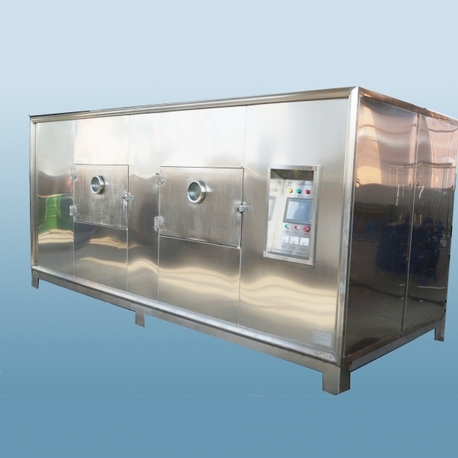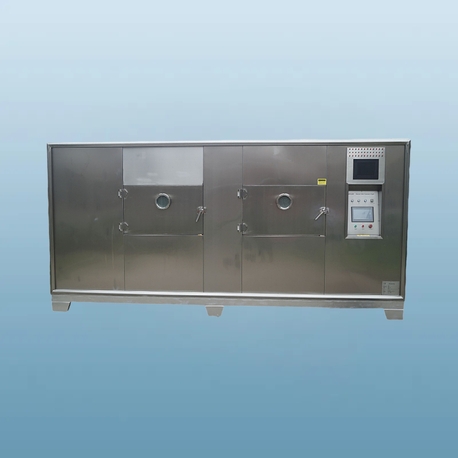When it comes to preserving fish, many people think of traditional methods like sun drying or smoking. However, these techniques can be unpredictable and time-consuming. Enter the fish dryer—a modern appliance designed to simplify the process of drying fish efficiently and hygienically. Whether you're an avid angler, a home cook, or someone interested in sustainable food preservation, a fish dryer offers a reliable solution. In this article, we'll dive deep into what makes a fish dryer indispensable, covering its types, benefits, usage, maintenance, and more. By the end, you'll understand why investing in a fish dryer can transform your approach to fish preservation.
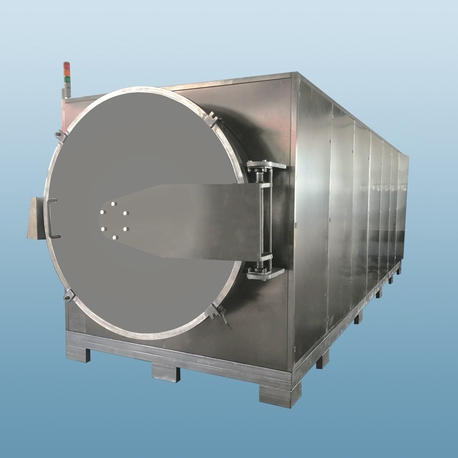
What is a Fish Dryer?
A fish dryer is a specialized device used to remove moisture from fish through controlled air circulation, temperature, and sometimes humidity settings. This process, known as dehydration, helps preserve fish by inhibiting bacterial growth and spoilage. Unlike traditional methods that rely on weather conditions, a fish dryer provides a consistent environment, ensuring that fish dry evenly and safely. These appliances range from small countertop models for home use to larger commercial units. The core principle involves circulating warm air around the fish, which evaporates water content while retaining nutrients and flavor. Using a fish dryer not only extends the shelf life of fish but also enhances its texture and taste, making it a popular choice for creating snacks like dried fish jerky or ingredients for soups and stews.
Types of Fish Dryers Available
Fish dryers come in various designs to suit different needs and scales of use. Understanding the types can help you choose the right one for your situation. First, there are electric fish dryers, which are the most common. These devices use fans and heating elements to circulate air, and they often include adjustable settings for temperature and time. They're ideal for home kitchens because they're easy to operate and require minimal supervision. Second, solar-powered fish dryers harness energy from the sun, making them an eco-friendly option. They're perfect for outdoor use in sunny climates but may be less reliable in overcast conditions. Third, dehydrator-style fish dryers are versatile appliances that can dry not only fish but also fruits, vegetables, and meats. These typically feature multiple trays for batch processing. Lastly, commercial fish dryers are larger units used in fisheries or food processing plants, capable of handling high volumes. Each type of fish dryer has its pros and cons, so consider factors like capacity, energy efficiency, and portability when selecting one.
Key Benefits of Using a Fish Dryer
Using a fish dryer offers numerous advantages over traditional drying methods. One major benefit is consistency. Unlike sun drying, which depends on weather, a fish dryer provides a controlled environment, reducing the risk of mold or uneven drying. This leads to higher-quality results every time. Another advantage is hygiene. Fish dryers are enclosed systems that minimize exposure to insects, dust, and contaminants, ensuring that your dried fish is safe to eat. Additionally, a fish dryer saves time. While sun drying can take days, an electric fish dryer can complete the process in hours, depending on the model and fish thickness. This efficiency is perfect for busy households or commercial operations. Nutritionally, drying fish with a fish dryer helps retain essential nutrients like omega-3 fatty acids and proteins, as the low heat prevents nutrient degradation. Lastly, using a fish dryer supports sustainability by reducing food waste. You can preserve excess catch or bulk purchases, extending their usability without relying on preservatives or freezing.
Step-by-Step Guide to Using a Fish Dryer
To get the best results from your fish dryer, follow these simple steps. First, prepare the fish by cleaning and gutting it thoroughly. Remove scales and bones if desired, and slice the fish into uniform pieces to ensure even drying. For better flavor, you can marinate the fish with salt, spices, or herbs before drying. Next, arrange the fish pieces on the trays of your fish dryer, leaving space between them for proper air circulation. Avoid overcrowding, as this can lead to uneven drying. Then, set the temperature and time according to the manufacturer's instructions. Typically, a temperature range of 40-60°C (104-140°F) works well for most fish types, with drying times varying from 4 to 12 hours based on thickness and moisture content. Start the fish dryer and monitor the process periodically, especially if it's your first time. Once the fish is dry and leathery to the touch, turn off the appliance and let the fish cool before storage. Store dried fish in airtight containers in a cool, dry place to maintain freshness.
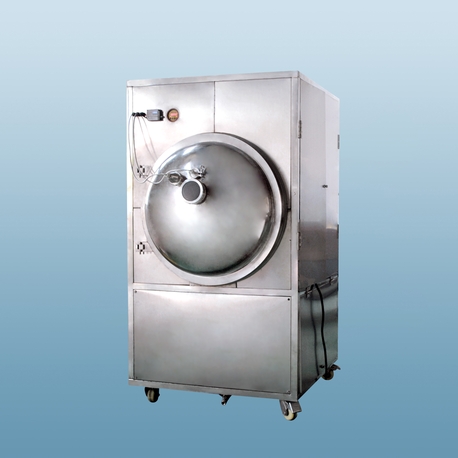
Maintenance Tips for Your Fish Dryer
Proper maintenance is crucial to extend the lifespan of your fish dryer and ensure it operates efficiently. After each use, unplug the appliance and allow it to cool completely. Then, remove any trays or racks and wash them with warm, soapy water. Most parts are dishwasher-safe, but check the manual to be sure. Wipe down the interior and exterior of the fish dryer with a damp cloth to remove residue and prevent odors. Avoid using abrasive cleaners that could damage surfaces. For electric models, inspect the fan and heating elements periodically for dust buildup, and clean them gently with a soft brush. If your fish dryer has filters, replace or clean them as recommended to maintain optimal airflow. Store the fish dryer in a dry place when not in use, and avoid exposing it to extreme temperatures. Regular maintenance not only keeps your fish dryer in top condition but also ensures that it continues to produce safe, high-quality dried fish.
Comparing Fish Dryers to Traditional Drying Methods
When evaluating fish preservation techniques, it's helpful to compare fish dryers with traditional methods like sun drying or smoking. Sun drying is a natural process that uses sunlight and wind, but it's highly dependent on climate and can take several days. This method risks contamination from pests and uneven drying, which might lead to spoilage. In contrast, a fish dryer offers a controlled, indoor solution that works in any weather, providing consistent results in a fraction of the time. Smoking, another traditional approach, imparts a distinct flavor but involves smoke and heat that can be messy and require constant attention. A fish dryer, however, is cleaner and more user-friendly, with precise settings that reduce guesswork. While traditional methods might be cheaper upfront, a fish dryer can be more cost-effective in the long run due to its efficiency and reduced waste. Overall, a fish dryer outperforms traditional methods in terms of convenience, safety, and reliability.
FAQs About Fish Dryers
Q1: What is the average drying time for fish in a fish dryer?
A1: The drying time in a fish dryer varies based on factors like fish thickness, moisture content, and the appliance's settings. Generally, it can range from 4 to 12 hours. Thinner slices may dry faster, while thicker pieces require more time. Always refer to your fish dryer's manual for specific guidelines and check the fish periodically for desired texture.
Q2: Can I use a fish dryer for other types of food?
A2: Yes, many fish dryers are versatile and can be used to dehydrate other foods like fruits, vegetables, herbs, and meats. This makes them a multi-purpose kitchen appliance. However, ensure you clean the fish dryer thoroughly between uses to avoid cross-contamination of flavors.
Q3: How do I clean and maintain my fish dryer to prevent odors?
A3: To prevent odors, clean your fish dryer after each use by washing removable parts with soapy water and wiping the interior with a damp cloth. Allow all components to dry completely before reassembling. Regular maintenance, such as checking for food residue and ensuring proper airflow, will help keep your fish dryer odor-free.
Q4: Is it safe to leave a fish dryer unattended while operating?
A4: While most modern fish dryers are designed with safety features like automatic shut-off and temperature controls, it's generally recommended not to leave them unattended for long periods, especially during initial uses. Monitor the process to prevent overheating or over-drying, and always follow the manufacturer's safety instructions.
Q5: What should I look for when buying a fish dryer?
A5: When purchasing a fish dryer, consider factors like capacity (number of trays), energy efficiency, temperature control options, ease of cleaning, and durability. Read reviews and compare models to find one that fits your needs and budget. A good fish dryer should offer consistent performance and be built from food-safe materials.
In conclusion, a fish dryer is a valuable tool for anyone interested in efficient and safe fish preservation. By understanding its types, benefits, and proper usage, you can make the most of this appliance. Whether for personal or commercial use, a fish dryer ensures that your fish remains flavorful, nutritious, and long-lasting.


